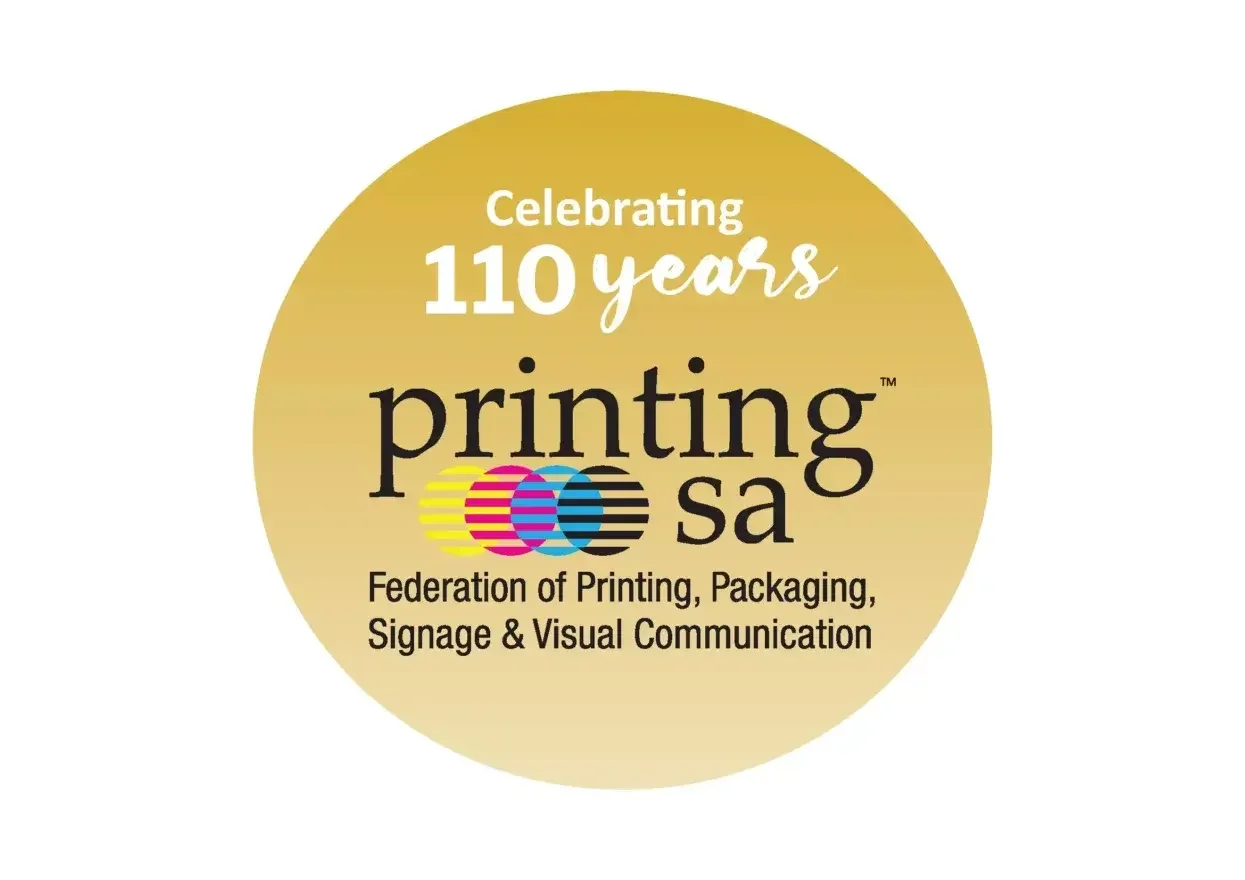3D Printing
Digital Printing
Screen Printing
PIFSA – Celebrating a milestone of 110 years
Author
FESPA Staff
Published Date
14/04/2021
Become a FESPA Member
to Continue Reading
